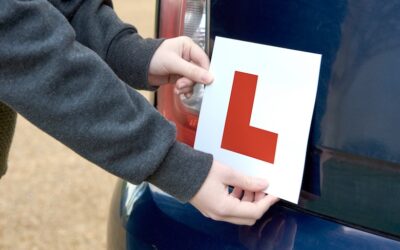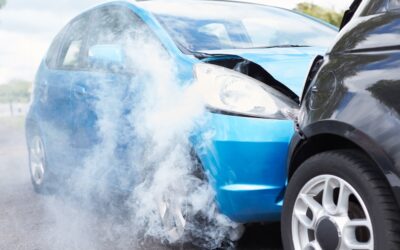When you’re taking out a new car insurance policy, your insurer will ask you some questions to determine how you intend to use your car. This is to establish your “class of use”, which will in turn affect the price of your policy.
In this post we’ll explore what “commuting” means on car insurance. This will help you determine what sort of policy you need based on your own driving habits. Can you get by with social only, or will you need social and commuting, or some form of business or commercial use?
Why Do Insurers Care About Classes of Use?
The way you use your car will determine your mileage, and the type of roads you drive on. The more time you spend on the road, the greater your chances are of being involved in a collision. Also, an increased mileage will increase the wear and tear on your car, which can drive up the costs of repairs and maintenance.
So, the more you drive, the higher your risk of being involved in an accident and needing to make a claim on your policy. This is why insurers will charge more for different classes of use.
Why is Commuting Insurance More Expensive?
If you are commuting to work you will likely be driving on busy roads during peak hours, at times when accidents may be more likely which is why this class of use could affect the price of your policy. Although it may impact your premium, it is important that you are honest about the class of use you need.
What Are the Different Classes of Use for Car Insurance?
There are several classes of use:
- Social, domestic and pleasure, excluding commuting
- Social, domestic and pleasure, including commuting
- Class 1 Business
- Class 2 Business
- Class 3 Business including Commercial Travelling
What is Social Domestic and Pleasure Car Insurance?
The social, domestic and pleasure (SDP) class of use is cover for non-work driving. This might include shop runs, school runs, day trips, plus the occasional longer journey for holidays, or to visit friends and family.
You should only choose this form of cover if you’ll never be using your car for any work purposes. If you’ll ever be using your car to travel to and from work, then you’ll need to choose the next class of use: Social, domestic and pleasure including commuting.
What Does Commuting Mean on Car Insurance?
SDP+C means “social, domestic and pleasure, including commuting”. This class of use will offer all the cover you get with an SDP policy, along with cover for your commute to and from a single place of work.
You’ll also need “commuting” cover if your commute involves driving to a train station, or a park and ride station, before completing your journey on public transport. This is because this will involve leaving your car in a public place, which can make it more vulnerable to theft.
You need to be as open and honest as possible with your insurers when taking out a policy. Let’s say you only take out an SDP policy, and then one day you decide to drive to work. If you’re involved in an accident on this journey, your insurer might argue that your policy did not cover you for that journey to work. As such, you may not be able to make a claim on your policy.
Please note that SDP+C policies will only cover you for journeys to and from a single workplace. If you’ll be driving to multiple different workplaces, or if you’ll be driving as part of your job, then you’ll need some form of business car insurance.
What is Business Use for Car Insurance?
There are three classes of business use for car insurance:
- Class 1 Business Insurance for the policyholder – This will cover you for your commute to and from a permanent place of work and includes business use for the policyholder in connection with their business or profession. Named drivers will be covered for social, domestic and pleasure, excluding commuting only.
- Class 2 Business Insurance for the policyholder and named drivers – This gives the policyholder all the cover you get with a Class 1 Business Insurance policy but it includes the same level of business cover for named drivers, excluding commercial travelling.
- Class 3 Business Insurance including Commercial Travelling – This gives is the same level of cover as Class 2 with the addition of commercial travelling. If you drive hundreds of miles each week, require multiple named drivers on your policy, or if driving is a regular part of your job, such as in door-to-door sales, then you will need Class 3 Business Insurance.
Read our full guide to the different classes of business insurance.
What is Commercial Use for Car Insurance?
Finally, if you’ll be carrying people or goods as part of your work, then it won’t be enough to add business use to your policy. Instead, you’ll need to get specialist cover for “carriage of goods for hire and reward”. This means you’ll need a dedicated commercial or courier insurance policy.
Read our full guide to courier and delivery driver insurance.
Get The Cover You Need at the Best Price From Insure 2 Drive
At Insure 2 Drive, we specialise in providing comprehensive cover for less, no matter how you’ll be using your car. If you’re looking for your first car insurance policy, or if your current policy’s up for renewal, get a free quote from us to see how we can help you save.




